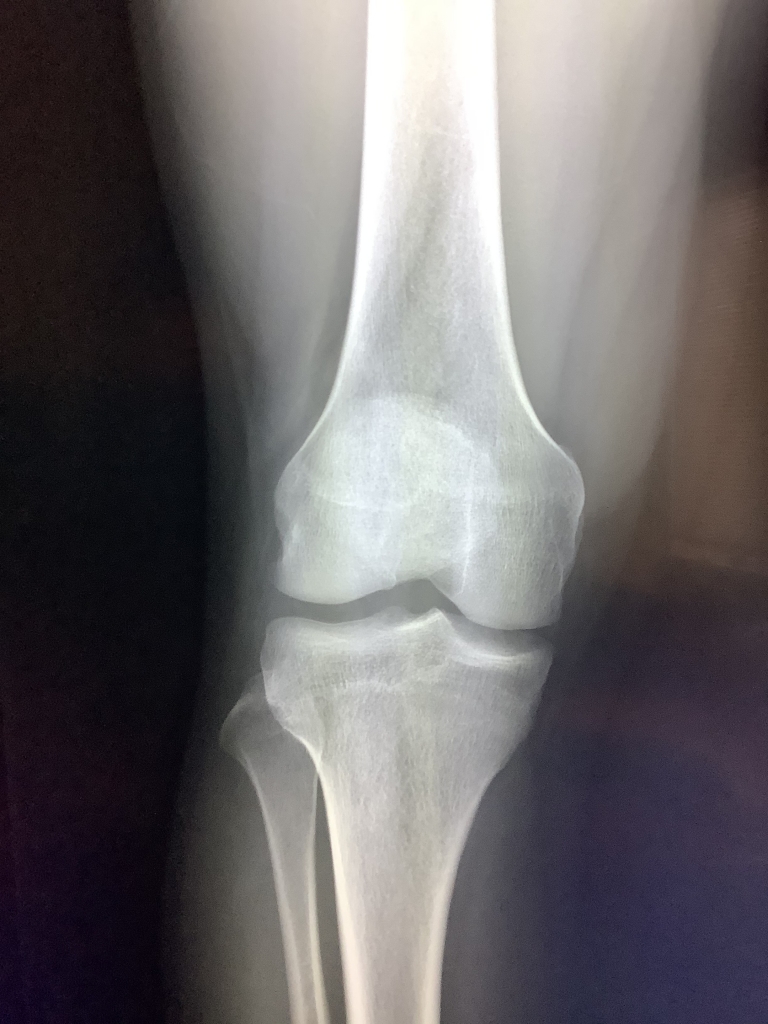Nodal Metastases
Nodal metastases are important in cancer diagnosis, impacting the staging, treatment, and prognosis of various cancers. When cancer cells break away from the primary tumor and travel through the lymphatic system, they often settle in nearby lymph nodes, causing nodal metastases. Accurate imaging plays an important role in identifying and assessing these metastases, aiding clinicians in devising effective treatment plans.
What are Nodal Metastases?
Nodal metastases refer to the spread of cancer cells from the primary tumor to nearby lymph nodes. Lymph nodes act as filters in the lymphatic system, trapping foreign substances, including cancer cells. When cancer cells invade these nodes, they can multiply, leading to the formation of secondary tumors within the lymph nodes.
Imaging Techniques for Detecting Nodal Metastases:
- Ultrasound Imaging: Ultrasound scans use sound waves to create images of the body’s internal structures. In the context of nodal metastases, ultrasound imaging assists in evaluating the size, shape, and texture of lymph nodes. Abnormalities such as enlargement, altered shape, or irregular borders may indicate the presence of metastatic involvement.
- CT (Computed Tomography) Scans: CT scans utilize X-rays to produce detailed cross-sectional images of the body. These scans aid in identifying enlarged lymph nodes and evaluating their internal structure. CT scans are particularly valuable in determining the extent and location of nodal metastases.
- MRI (Magnetic Resonance Imaging): MRI scans use strong magnetic fields and radio waves to generate detailed images of soft tissues. In the context of nodal metastases, MRI scans offer enhanced visualization of lymph nodes and surrounding structures, providing valuable information about the spread of cancer cells.
- PET (Positron Emission Tomography) Scans: PET scans involve injecting a small amount of radioactive material into the body, which is then detected by a special camera. This imaging technique helps in identifying areas with increased metabolic activity, aiding in the detection of cancerous lymph nodes.
Diagnosis and Staging:
Accurate diagnosis and staging of nodal metastases are crucial for determining the appropriate treatment plan. Imaging plays a pivotal role in this process by providing insights into the extent of lymph node involvement. Staging systems such as the TNM (Tumor, Node, Metastasis) system help classify the progression of cancer, with the nodal stage being a critical component.
Key Points to Consider:
- Size and Number: Enlarged lymph nodes may not always signify metastases, but their size and number are factors in diagnosis.
- Morphology: Assessing the shape, borders, and internal characteristics of lymph nodes through imaging aids in distinguishing between benign and malignant nodes.
- Location: The location of affected lymph nodes and their relation to the primary tumor site are important in determining the spread of cancer.
- Combining Imaging Techniques: Utilizing a combination of imaging modalities often provides a more comprehensive assessment, enhancing diagnostic accuracy. Sometimes biopsy is needed to confirm cancer in lymph nodes.
Conclusion:
Imaging techniques play an important role in identifying and characterizing nodal metastases. From ultrasound and CT scans to MRI and PET scans, each imaging modality offers unique insights into the presence and extent of metastatic involvement in lymph nodes. Accurate imaging assists healthcare professionals in determining the stage of cancer, devising tailored treatment strategies, and monitoring the response to therapy.

